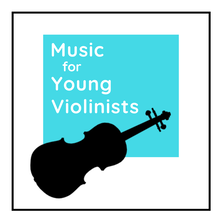|
Guest author Adrian Martinez helps tackle one of the most popular questions - how long does it take to learn how to play the violin? How long does it take to learn the violin? We’re going to start by responding to this question with what is perhaps the most frustrating answer: it depends. First, it depends on what you mean by “learn.” Within a day, you might possibly be able to play a few notes - within a week, you might be able to play those notes in a way that kind-of-sort-of sounds like a song. You might then say you’ve “learned” the violin. On the other hand, if you’re asking how long it takes to master the violin, you might fall back on Malcolm Gladwell’s 10,000 hours, or you might be really impish and say that absolute mastery is impossible. After all, music is ever-growing and changing, and even micro-adjustments to technique can produce totally different sounding songs. We might then look at the extraordinary variety inherent in humankind. There are so many different students, each with different levels of experience. Someone who has played the guitar before might find it easier to develop a left-hand technique than a total novice. On the other hand, another guitarist might find the lack of frets daunting and disorienting, which could curb their progress. How you’re learning can also be a pretty important factor. Whether or not you’ve got a personal instructor, if you’re taking online music lessons, if you have access to sheet music, or you’re just trying to guess for yourself. Other factors include:
Of course, you’re not here reading this blog post for the answer “it depends” - though elaborating on why it depends can help you narrow down what your goals and potential barriers might be. We’re going to make some assumptions, then. We’re going to assume you’ve never played an instrument before, you don’t know any music theory - that you’re basically a complete beginner. We’re also going to assume you practice for around 5-6 hours a week (an hour a day with a day or two off or 45 minutes every day) and that you have a teacher. Month 1:The first month is all about the absolute basics. You’ll learn how to hold the violin and the bow (and yourself). You’ll also learn the basic anatomy of a violin. It’s unlikely that you’ll use the fingers on your left hand during the first month; instead, you’ll focus on your bow technique. You will do exercises like this & this (click on the links for some fun YouTube tutorial videos from M4YV). You’ll also begin to learn the basics of music theory - mainly how to read sheet music. Learning about music theory is an ongoing discipline. There’s an incredible depth, diversity, and richness to theory, especially once you start going outside of the Western canon, so there’s a lot to learn here.
|
A clever solution to a tricky problem.
As violin teachers (or parents of young violinists) our technique development can all be categorized as tricky problems so here are a few photos of "hacks" I have used in my studio to offer solutions for my students. For more, please visit the Violin Hacks & Bow Hold Helpers page.
We all start out knowing that practice is the name of the game, we must commit to at least this part or it all goes down the tubes, right? But, when I hear myself saying this, I know full well that in about 5-6 months it is possible that I will see this same eager family, who nodded in agreement, walk into the studio with flat expressions, barely speaking to each other, and desperation showing in their once bright eyes. “We’ve had a hard week, month, few months,” they say.
I know exactly what they are telling me. Despite all of the love, opportunity and dedication the parents have provided, the child refuses to practice. Maybe there had even been arguments, tantrums, and foot stomping by both parties. The honeymoon has ended and they are at their wits end. They don’t want their child to despise music or them, so maybe it’s time to throw in the towel?
My heart fills with empathy for them both. I know so much of their pain, feelings of failure, guilt, and confusion about where they went wrong. How could a professionally trained Suzuki teacher have this problem?! After much reflection over the past few years as a new Suzuki parent, I have come to the conclusion that this struggle is absolutely part of the process and is completely necessary for many families.
A familiar comment that I often hear from parents who are trying to pinpoint their practice struggle is, “Once she/he is in there, they play their hearts out and they enjoy themselves." It’s the “getting in there” that is the problem. The obstacle of transitioning from the outside world, with all of its excitement and wonderful distractions, to their actual workspace and mindset is something many artists face, from painters to musicians. Most of the time, once inside that space, it seems a magical inertia carries them forward until they have exhausted their creative output and work is done for the day.
Personally, I find it very difficult to shift from my mama mode to the music studio, for either teaching or practicing. It was equally as challenging, if not more so, for our daughter, who spent all day at school or having fun with friends and family, to drop everything and pick up her violin because it was time. I would tell myself, “If I could just get her to the other side of the door with the instrument in her hands, everything will be okay, and the music will take over.”
Unfortunately, because of the negative interactions prior to practice, our combative attitude would follow us through that door, and very little music would be accomplished. Realizing the transition period had been ignored and not included as part of the practice itself, we decided to make it inviting, special, and fun by creating a small ritual, which for us took the form of a tea ceremony.
Once our daughter is aware that it is time for music practice, she finds her favorite tea cup, and with my help, makes herself a cup of tea with honey and puts a small cookie or biscuit on her plate. The entire process takes about 5 minutes and during that time we usually chat about what she intends to work on. She enters the studio with her tea and nibbles or sips through the first part of her practice. I have found that both of us consistently have a much calmer and more positive attitude as a result of being mindful of the transition.
Emily Graff-Uhlman has been teaching cello privately for 13 years and currently maintains a small Suzuki studio in Eugene, Oregon while enjoying her three young children. She is a graduate of the Eastman School of Music (BM) and the University of Nevada, Reno (MM).
Categories
All
Arpeggios
Art & War
Beginning Violin Music
Blue Jello Cards
Boil Them Cabbage Down
Bow Hold
Bowing
Bucket Board
By Ear Tune
Cello
Check Off Chart
Check-Off Chart
Chinrest
Christmas Music
Coloring Sheets
Contest
Double Stops
Dream Trees
Easy Violin Music
Fiddle
Fiddle Music
Finger Patterns
Finger Placement
Flash Sale
Folk Music
FREEBIES
Free Gift With Purchase
Free Holiday Music
Free Sheet Music
Free Violin Music
Fun
Games
Giveaway
Goals
Gratitude
Group Class
Hand Washing
Holiday Music
How To Attract Students
How To Build Studio
How To Buy Violin
Human Potential
Humor
Injury Prevention
Inspiring String Players
Intervals
Itzhak Perlman
Jingle Bells
Jingle Bells For 2 Violins
Jingle Bells For Beginning Violin
John Kendall
Joy
Key Chain
Kindness
La Folia
LARGE Print Music
Left Hand Technique
Make Practice Fun
Marketing Strategies
Mary Had A Little Lamb
Memorizing Music
Misnomer
Mixed Level
Mozart
Music
Music Education
Music Heals
Music History
Music Mind Games
Music Theory
Music-theory
Nursing
Ode To Joy
Parenting
Pedagogy
Performance Anxiety
Performing
Pinterest
Practice
Practice-chart
Practice-charts
Practice-videos
Practice-videos
Practicing
Praeludium & Allegro
Prize
Purchasing-a-violin
Quartet
Questions
Recital-preparation
Rhythm
Sale
Sarajevo-string-quartet
Scales
Searmi-park
Sheet Music For Violin
Shinichi-suzuki
Shoulder
Shoulder-pads
Shoulder-pads
Sight Reading
Spider Crawls
S-suzuki
Sticker
String Crossing
Students
Studio-building
Studio-building
Studio-policies
Subdivision
Summer-institutes
Suzuki-violin
Suzuki-violin
Teaching
Technique
Third-position
Time Tracker
Toys
Twinkle
Twinkle Little Star
Twinkle-little-star
Updates
Vibrato
Video-tutorial
Viola
Violin
Violin Cases
Violin Hack
Violin-hack
Violinist
Violinists Health
Violin Notes
Violin Pedagogy
Violin-pedagogy
Violin Practice
Violin-practice
Violin Practicing
Violin Sheet Music
Violin Teaching
Violin-teaching
Violin Teaching Tip
Violin-teaching-tip
Virtual Lessons
Vivaldi
Young Violinists
Archives
February 2024
January 2024
December 2023
November 2023
September 2023
August 2023
May 2023
April 2023
October 2022
September 2022
July 2022
June 2022
December 2021
November 2021
October 2021
September 2021
August 2021
July 2021
June 2021
May 2021
February 2021
January 2021
December 2020
November 2020
October 2020
September 2020
August 2020
July 2020
June 2020
May 2020
April 2020
March 2020
February 2020
January 2020
December 2019
September 2019
June 2019
May 2019
April 2019
January 2019
December 2018
November 2018
October 2018
September 2018
August 2018
July 2018
February 2018
December 2017
October 2017
September 2017
August 2017
February 2017
January 2017
December 2016
November 2016
October 2016
September 2016
August 2016
July 2016
June 2016
April 2016
March 2016
February 2016
January 2016
December 2015
November 2015
October 2015
September 2015
July 2015
June 2015
April 2015
March 2015
February 2015
January 2015
December 2014
November 2014
October 2014
September 2014
Author
Hi! It's me, Heather. I absolutely love working on the Music for Young Violinists project and all the many facets: blogging, website, music, teaching materials, freebies, videos, newsletter and giveaway contests. The best part is connecting with you so feel free to drop me a line. You can learn more about me on the "ABOUT" page. Thanks!



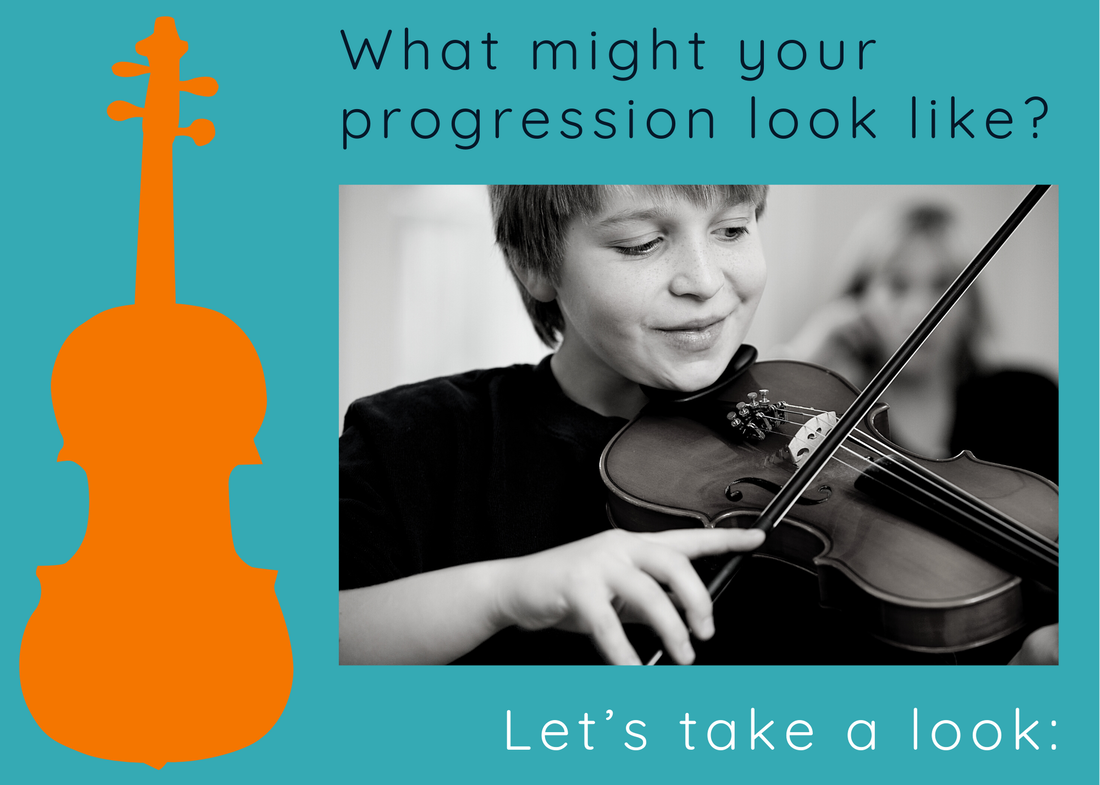
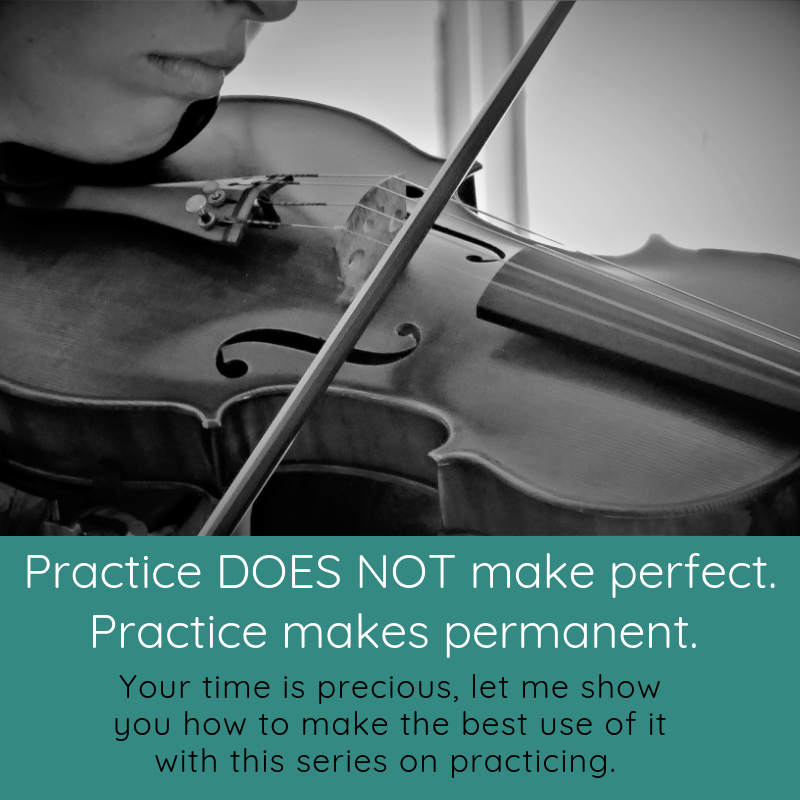

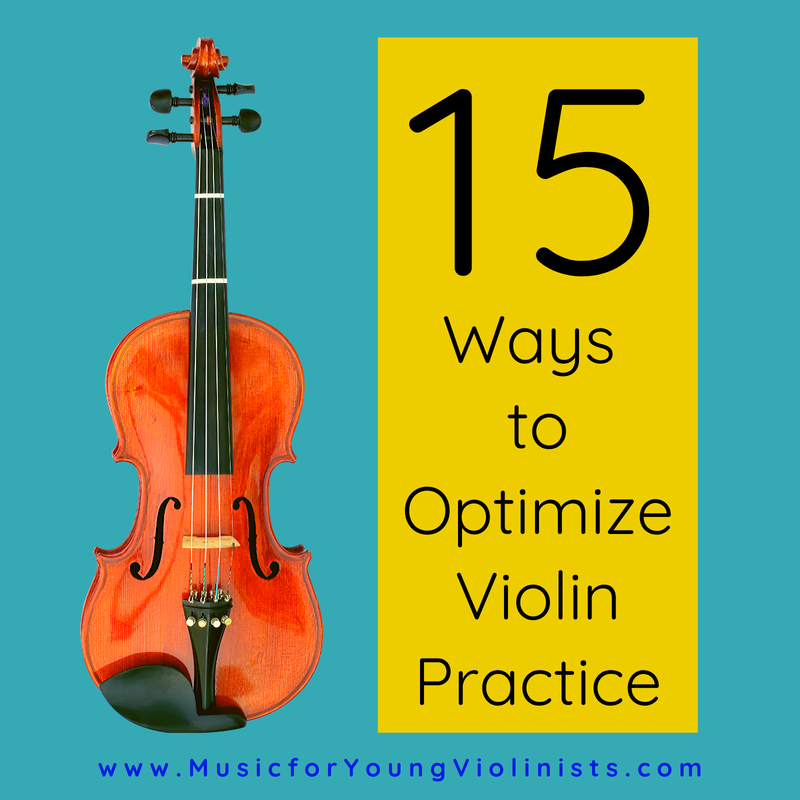




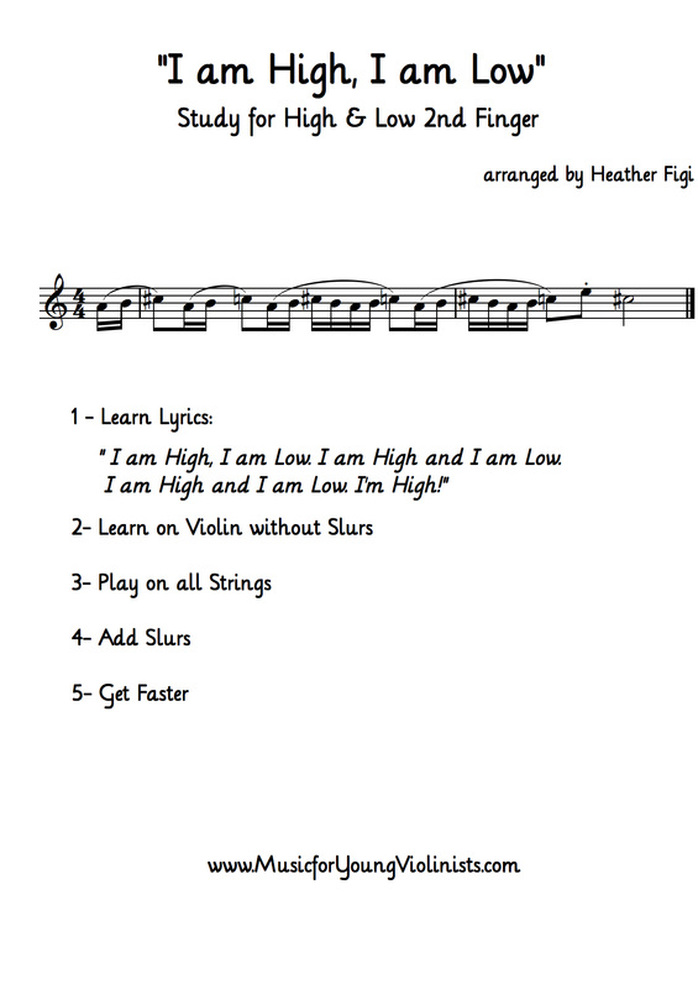
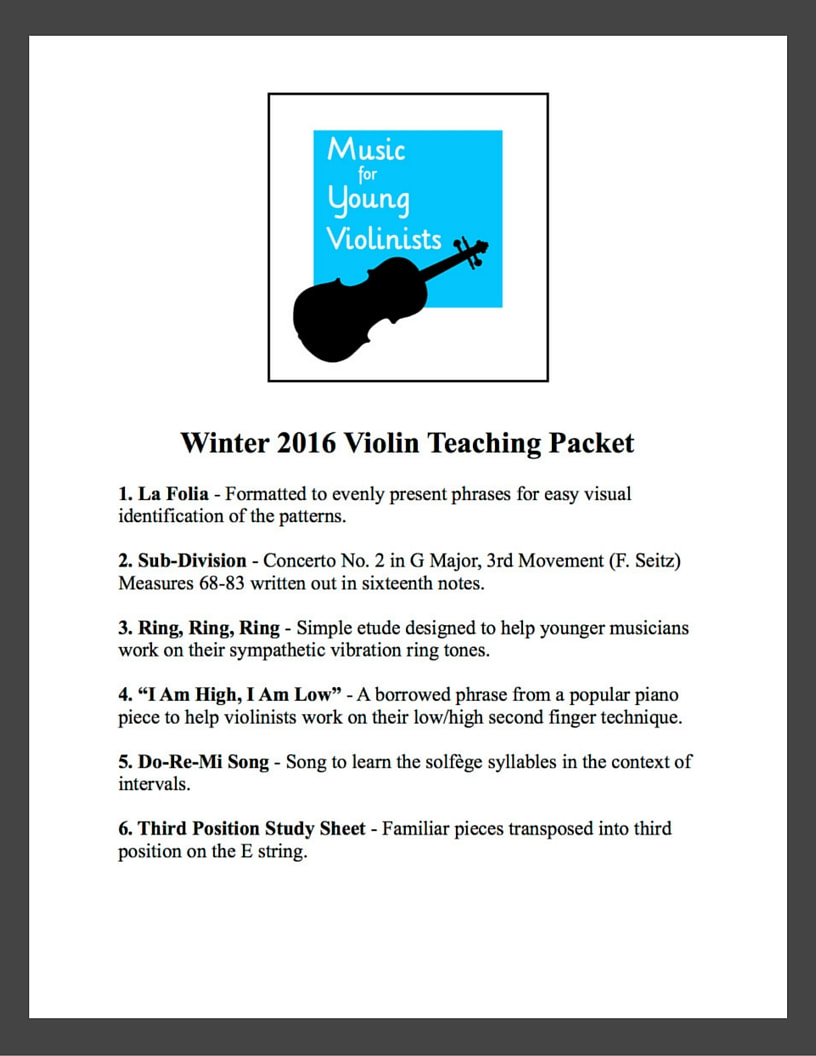











 RSS Feed
RSS Feed
